Understanding Cat6 Cable Color Code: Insights from Fahad Cables Industry
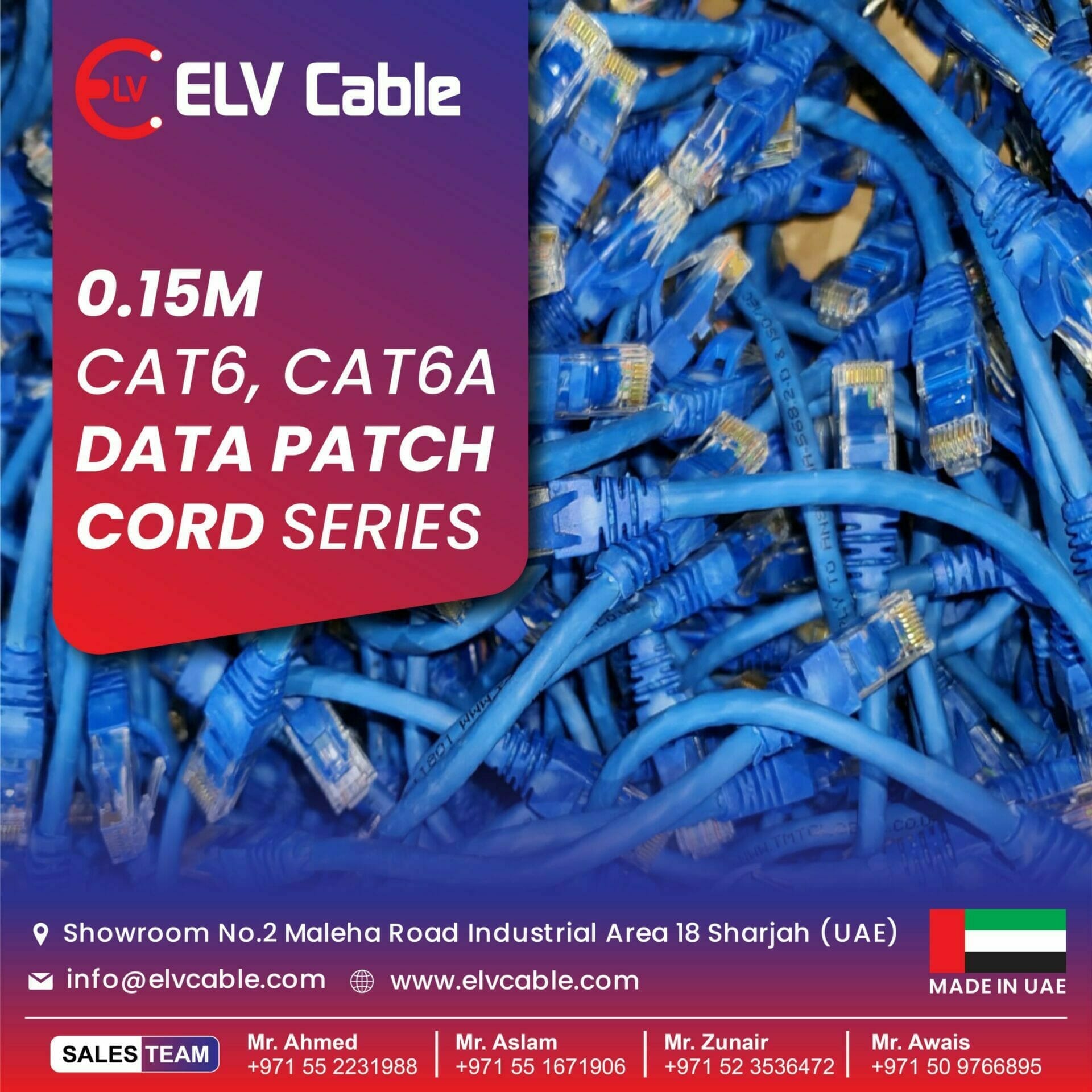
Introduction to Cat6 Cables
Category 6 (Cat6) cables represent a significant advancement in ethernet technology, Cat6 Cable Color Code specifically designed to enhance networking performance. These cables are primarily used for high-speed data transmission and are capable of supporting a bandwidth of up to 250 MHz, which allows for faster data rates and improved overall network efficiency. Compared to its predecessors, such as Category 5e, Cat6 cables provide substantial advantages in terms of speed, reduced interference, and enhanced signal integrity, making them a favored choice in both residential and commercial applications.cat 6 colour code
The technical specifications of Cat6 cables are indicative of their robust design. They are constructed with thicker copper wire and tighter twists in the internal pairs, which effectively fahad cables industry fze minimizes crosstalk, a common issue in multi-pair copper cabling. This design enables Cat6 cables to maintain higher performance over longer distances, typically supporting transmissions of up to 100 meters without significant degradation in signal quality. The cables can deliver speeds of up to 1 Gbps (Gigabit per second), and in some cases, they are capable of supporting speeds up to 10 Gbps for shorter distances, further emphasizing their superior communication capabilities. cat 6 cable power colour code patch cable color code
In terms of applications, Cat6 cables are versatile and are increasingly utilized in a variety of settings. In residential spaces, they can support home networking setups, including internet connections, gaming consoles, and multimedia devices. In commercial environments, Cat6 cables are essential for building infrastructure that promotes seamless connectivity, facilitating activities such as video conferencing, online transactions, and large data transfers. Given their extensive functionality and performance benefits, Cat6 cables play an integral role in ensuring efficient networking solutions for both individual users and organizations alike.
Choosing the Right ELV Cable Manufacturer for Ethernet Cables in the UAE
Understanding ELV Cables
ELV (Extra Low Voltage) cables are essential for various low-voltage applications, including data transmission for Ethernet cables. In the UAE, the demand for quality Ethernet cables has surged, making it vital to choose a reputable ELV cable manufacturer. Understanding the types of cables and their applications is crucial for ensuring efficient connectivity.
Why Choose a Local Manufacturer?
Selecting a local ELV cable manufacturer in the UAE offers numerous advantages. Firstly, proximity allows for quicker delivery times and improved customer support. Local manufacturers also have a better understanding of the regional standards and regulations, ensuring compliance with the applicable guidelines. Moreover, supporting local businesses fosters economic growth within the community.cat6 colours
cat 6 connectors color code
Furthermore, the significance of color coding extends beyond just individual connections. It also plays a critical role in the organization and maintenance of networking systems. cat 6 colors By following established color codes, network engineers can easily trace cables, identify cat 6 cat6 cable color code potential issues, and implement fixes without extensive troubleshooting. This systematic approach minimizes downtime and enhances the overall efficiency of network management.
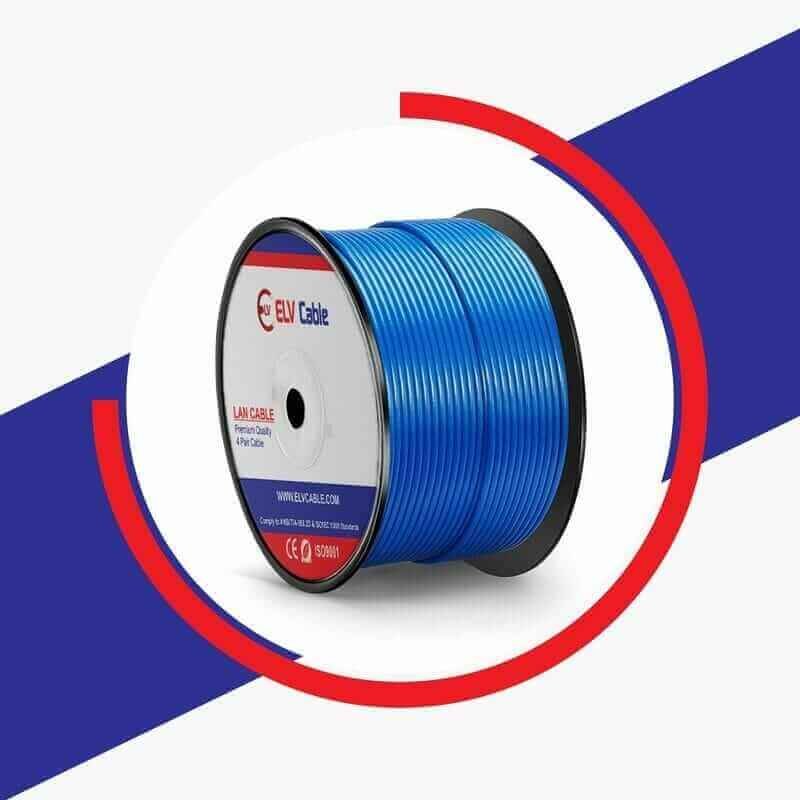
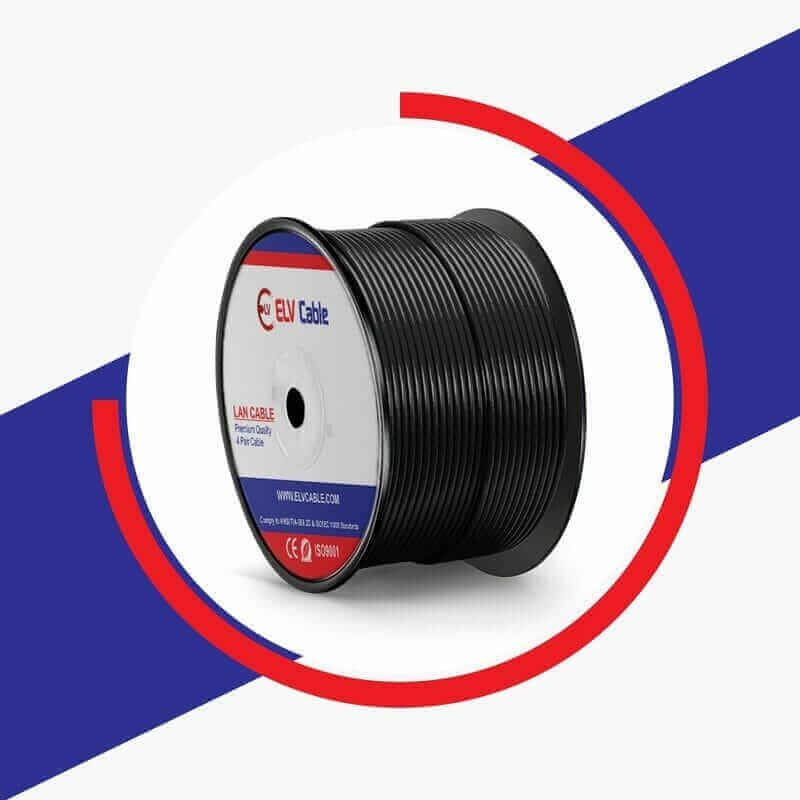
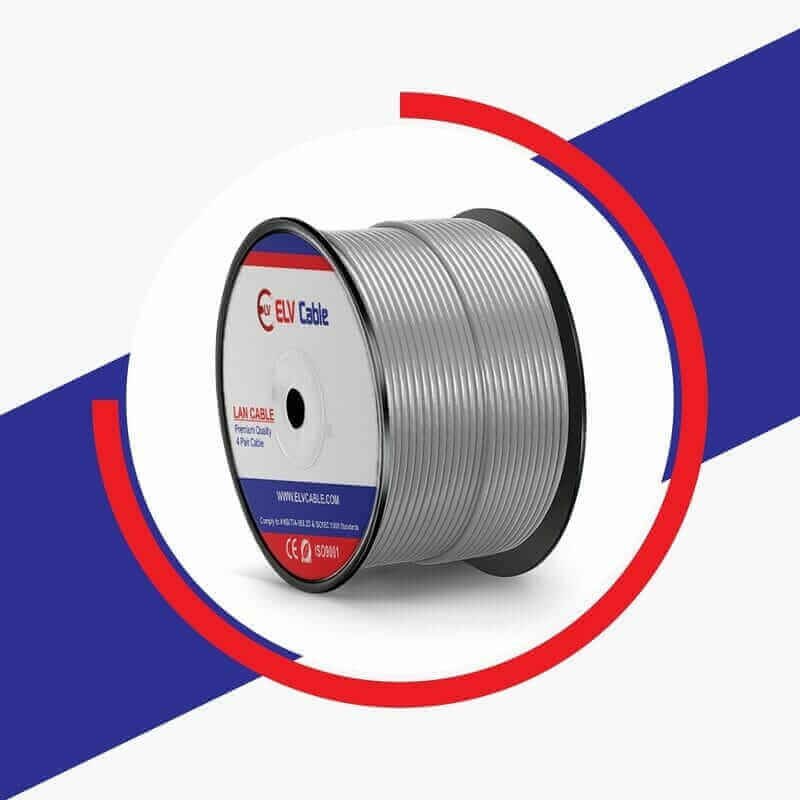
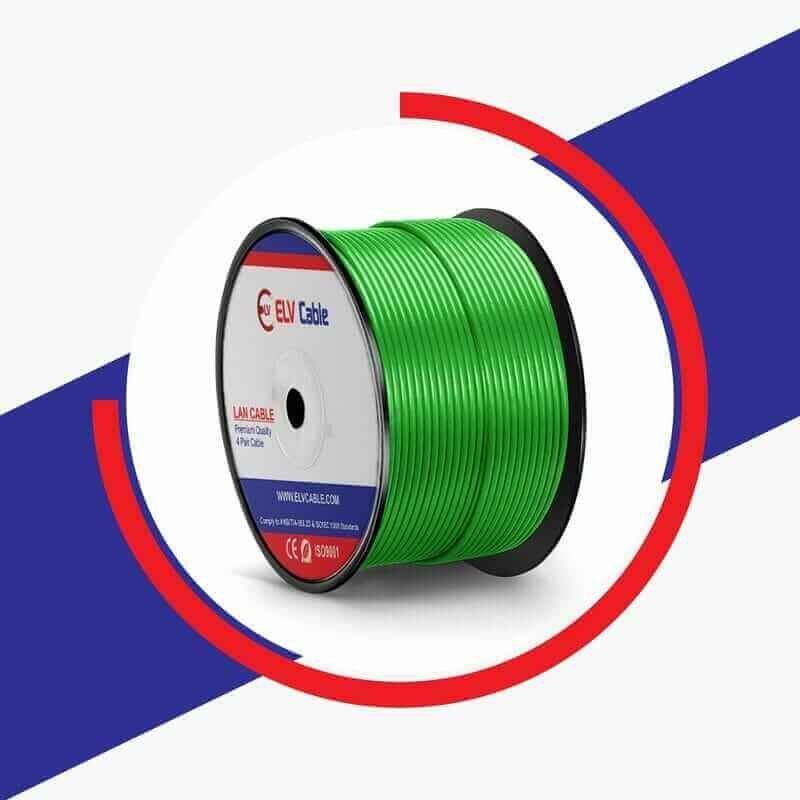
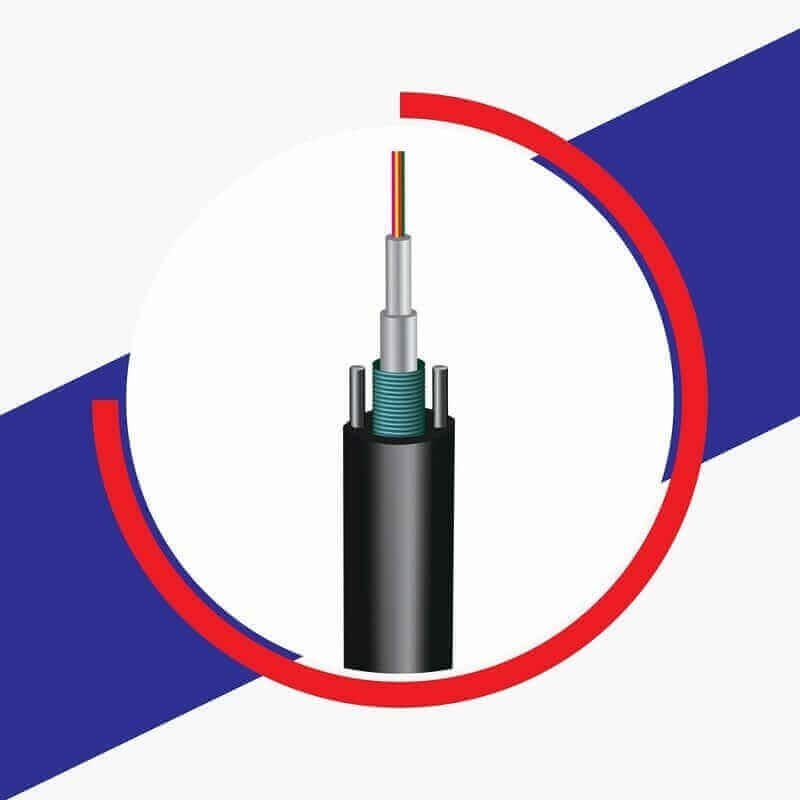
Ultimately, understanding the color code is not just about following a set of guidelines; it is about ensuring the network operates smoothly and effectively. Proper adherence to these color codes helps prevent errors and contributes to the reliability and quality of network performance, which are particularly cat 6 cable colors cat 6 patch cord color code important in today’s color code for cat6 cable fast-paced digital environments. Each connection made with care and precision fortifies the network infrastructure, delivering dependable data communication and interaction.cat6 cable color code for cctv camera lan wiring color code
understanding Structured Cabling Solutions by TMT Global Technology Ltd UK
Introduction to Structured Cabling
Structured cabling is a comprehensive approach designed to provide a structured framework for data transmission and communication within a building or complex. It serves as the backbone for a wide range of network technologies, enabling efficient and reliable connections that support the ever-growing demands of modern communication systems. The fundamental components of structured cabling systems include cables, connectors, patch panels, and the management hardware that integrates them, all of which contribute to a seamless operational infrastructure. cat 6 cable color code and uses
At its core, structured cabling organizes these various elements into a standardized design that enhances both functionality and performance. The twisted-pair cables and fiber optic lines that comprise the system facilitate high-speed data transfer, while connectors establish the necessary links between devices. Patch panels are essential for managing cable organization, ensuring that connections can be easily modified or expanded to accommodate new technologies as needed.
Over the years, the evolution of structured cabling has paralleled advancements in technology, with each iteration aimed at improving efficiency, speed, and adaptivity. Initially focused on traditional telephone systems, structured cabling has expanded into an array of functions encompassing data networks, video applications, and even security systems. As digital communication continues to develop, the industry has witnessed a trend toward increased integration of various network services through a unified cabling infrastructure. This shift not only enhances flexibility but also simplifies maintenance and oversight.
The contemporary landscape of structured cabling is characterized by its alignment with the Internet of Things (IoT), cloud computing, and high-definition media streaming demands. With the growing reliance on connectivity and data-driven applications, investing in a robust structured cabling solution becomes a strategic necessity for businesses aiming to future-proof their communication capabilities.internet cable color code k6 cable color code
Fahad Cables Industry: A Leader in Cable Manufacturing
Fahad Cables Industry has established itself as a pioneering entity in the cable manufacturing sector. Founded in the early 1990s, the company has a rich history of delivering high-quality products tailored to meet the needs of modern communication systems. Over the decades, Fahad Cables has expanded its product line and solidified its position as a trusted provider of various types of cables, including the increasingly popular Cat6 cables, which are essential for high-speed data transmission.
The company’s commitment to quality has always been a driving force behind its operations. Fahad Cables adheres to stringent quality assurance protocols that ensure every product meets international standards. The manufacturing facilities are equipped with state-of-the-art technology and employ highly skilled personnel, ensuring that each cable produced is reliable and durable. This commitment to quality has earned Fahad Cables a strong reputation among engineers, contractors, and end-users alike, positioning the brand as a leader in the cable manufacturing industry.cat 6 cable code
Innovation is another cornerstone of Fahad Cables’ success. The company invests significantly in research and development to stay ahead of technological advancements and emerging market trends. By continuously enhancing its manufacturing processes and exploring new materials, Fahad Cables ensures that its Cat6 cables and other products remain at the forefront of performance and efficiency. This proactive approach not only improves the quality of their cables but also meets the evolving needs of the telecommunications sector.
In addition to its focus on quality and innovation, Fahad Cables prioritizes customer satisfaction, providing tailored solutions that cater to specific requirements. Their expertise in cable manufacturing, coupled with a strong customer service commitment, has solidified their position as an industry leader and a preferred choice for those seeking dependable and high-performance Cat6 cables.
The Manufacturing Process of Cat6 Cables at Fahad Cables Industry
The manufacturing process of Cat6 cables at Fahad Cables Industry is founded on strict adherence to industry standards, ensuring that each cable meets the high expectations of modern networking technology. The initial stages of production begin with the careful selection of raw materials, where quality copper wires are chosen for their conductivity and durability. These wires serve as the core element of the Cat6 cable, as they directly influence performance characteristics such as transmission speed and data integrity.kat 6 color code color coded network cables cat6 cable code
Once the materials are selected, the next step involves the insulation and sheathing processes. A specialized polymer is used to insulate each wire, preventing electrical interference and ensuring safety during operation. Following insulation, the wires are precisely arranged into a twisted pair configuration. This design is crucial, as it significantly reduces electromagnetic interference (EMI) and crosstalk, which are vital for maintaining optimal data transmission rates. colored ethernet cables
Quality control measures are integrated throughout the manufacturing process. Each batch of cables undergoes rigorous testing to ensure compliance with both national and international standards. This includes assessments of electrical performance, mechanical strength, and environmental resistance. In doing so, Fahad Cables Industry guarantees that its Cat6 cables are not only reliable but also capable of withstanding various external conditions.ethernet cable colors
After production and quality control, the finished products are subjected to final testing, which involves performing real-world simulations to evaluate performance under different loads and environmental parameters. This thorough testing process is essential for confirming the operational capabilities of Cat6 cables in diverse networking environments. Ultimately, the commitment to high-quality materials, precise manufacturing techniques, and comprehensive testing ensures that Fahad Cables Industry delivers exceptional Cat6 cables that meet the demands of contemporary network infrastructures.cat6 code
TMT Global Technology Ltd: Company Overview
TMT Global Technology Ltd is a prominent manufacturer in the structured cabling solutions industry, well-regarded for its commitment to excellence, innovation, and customer satisfaction. Established in the early 2000s, the company has steadily evolved, manifesting a robust passion for advancing telecommunication technologies. Over two decades of experience have positioned TMT as a trusted name among enterprises seeking reliable cabling and connectivity solutions.
Quality assurance is at the forefront of TMT Global Technology Ltd’s operational ethos. The organization rigorously adheres to international quality standards, ensuring that each product meets stringent performance specifications. This commitment has earned TMT various certifications that highlight its dedication to manufacturing superior structured cabling systems and associated products, which in turn bolster the efficiency and reliability of network infrastructures worldwide.
Innovation is another cornerstone of TMT’s identity. The company continuously invests in research and development, allowing it to stay ahead in an ever-evolving market. TMT Global Technology Ltd embraces modern technologies to enhance its structured cabling solutions, addressing the growing demands of data-intensive applications and emerging smart technologies. Moreover, the company actively fosters collaborations with other industry leaders, which not only broadens its product range but also amplifies its market presence. These partnerships enable TMT to offer integrated solutions tailored to diverse organizational needs, culminating in enhanced operational performance and customer satisfaction.
In addition, TMT Global Technology Ltd’s focus on sustainability and eco-friendly practices resonates well with the contemporary marketplace, aligning with global trends towards responsible business practices. By offering products that minimize environmental impact while maximizing performance, TMT distinguishes itself as a forward-thinking leader in the structured cabling sector..
Key Features of TMT’s Structured Cabling Solutions
TMT Global Technology Ltd offers structured cabling solutions that are distinguished by several key features, which cater to the diverse requirements of modern network environments. Scalability is a fundamental aspect of TMT’s offerings, enabling businesses to expand their infrastructure seamlessly. As organizations evolve, their cabling requirements often change, and TMT’s solutions are designed to accommodate growth without the need for complete system overhauls. This is a critical consideration for companies that anticipate growth in the near future, ensuring that their investments are protected by a solution that adapts alongside them.
Another notable feature is the flexibility of TMT’s structured cabling systems. These solutions support a variety of applications and technologies, allowing businesses to implement new tools and systems without needing to reconfigure their entire cabling setup. This adaptability is pivotal in today’s fast-paced technological landscape, where changes need to be implemented quickly and efficiently. Additionally, TMT’s structured cabling solutions are built with enhanced performance capabilities. The infrastructure is optimized for data transmission, reducing latency and increasing overall network speed. This efficiency is essential for supporting high-bandwidth applications and services that are increasingly common in various industries.cat6 color code rj45 lan cable wiring color code
When compared to competitors, TMT Global Technology Ltd stands out with its focus on ease of installation and long-term reliability. Their products are designed to ensure that setup is straightforward, reducing labor costs and minimizing downtime during the installation process. Furthermore, long-term reliability is supported through the use of quality materials and rigorous testing, making TMT’s structured cabling solutions a dependable choice for enterprises seeking performance and value.
Tips for Proper Installation of Cat6 Cables
Installing Cat6 cables correctly is essential for optimizing network performance and maintaining the integrity of your cabling system. To achieve the best results, it is crucial to follow specific guidelines and best practices throughout the installation process. One common pitfall during installation is excessive bending or twisting of the cables, which can impair performance. It is advisable to limit the bending radius to ensure that the cable’s internal structure remains intact.
Another critical factor to consider is cable length. The maximum recommended length for a Cat6 cable run is 100 meters (328 feet). Exceeding this limit can lead to signal degradation and reduced data transmission speeds. When planning your cable routing, be sure to measure carefully and calculate any necessary extensions to avoid falls outside this specification.
Before beginning the installation, it is essential to gather the right tools. Basic tools include a cable stripper, crimping tool, and a network cable tester. The cable stripper allows for the removal of the outer sheath and the arrangement of the internal wires according to the appropriate color code. Properly crimping the connectors is crucial to ensure secure connections, while a network cable tester checks for continuity and any potential faults in the cables.
Beyond these technical considerations, maintaining a clean workspace can significantly impact the installation process. Keep the environment free of dust and debris that could get into the cable or connectors. Additionally, labeling each cable during installation can help in future troubleshooting and modifications. By adhering to these tips for proper installation of Cat6 cables, users can achieve an efficient network setup, with reliable connectivity and optimal performance.
Conclusion: Choosing the Right Cat6 Cable for Your Needs
In reviewing the essential aspects of Cat6 cables, it is imperative to recognize the significance of understanding their color codes and wiring standards. The proper installation of these cables is key to achieving optimal network performance, emphasizing the need for adherence to the defined color coding system. As highlighted throughout this discussion, the use of the T568A and T568B standards can influence network configurations, helping to ensure that connections are established without issues.
When selecting the appropriate Cat6 cable for individual or business requirements, quality and reliability should be prioritized. Fahad Cables Industry is renowned for producing high-standard networking cables that comply with international codes and regulations. Their products not only deliver exceptional performance but also incorporate robust materials designed to withstand environmental stressors. Consumers should thus seek out Cat6 cables that offer both performance and reliability to ensure seamless data transmission.cat 6 color order cat 6 crimping color code color code for ethernet
It’s also worth noting that considerations such as cable length, shielding options, and installation environment are critical when purchasing Cat6 cables. These factors can significantly affect overall network speed and efficiency. By addressing these key elements, users can make informed choices that greatly enhance their networking capabilities. Additionally, working with reputable suppliers like Fahad Cables Industry ensures that one acquires the most suitable products tailored to specific networking needs.
In conclusion, understanding the intricacies of Cat6 cables, including their color code and standards, empowers consumers and businesses to make educated decisions. By selecting quality cables, such as those offered by Fahad Cables Industry, users can enhance connectivity, ensure reliability, and foster efficient data communications for years to come.
